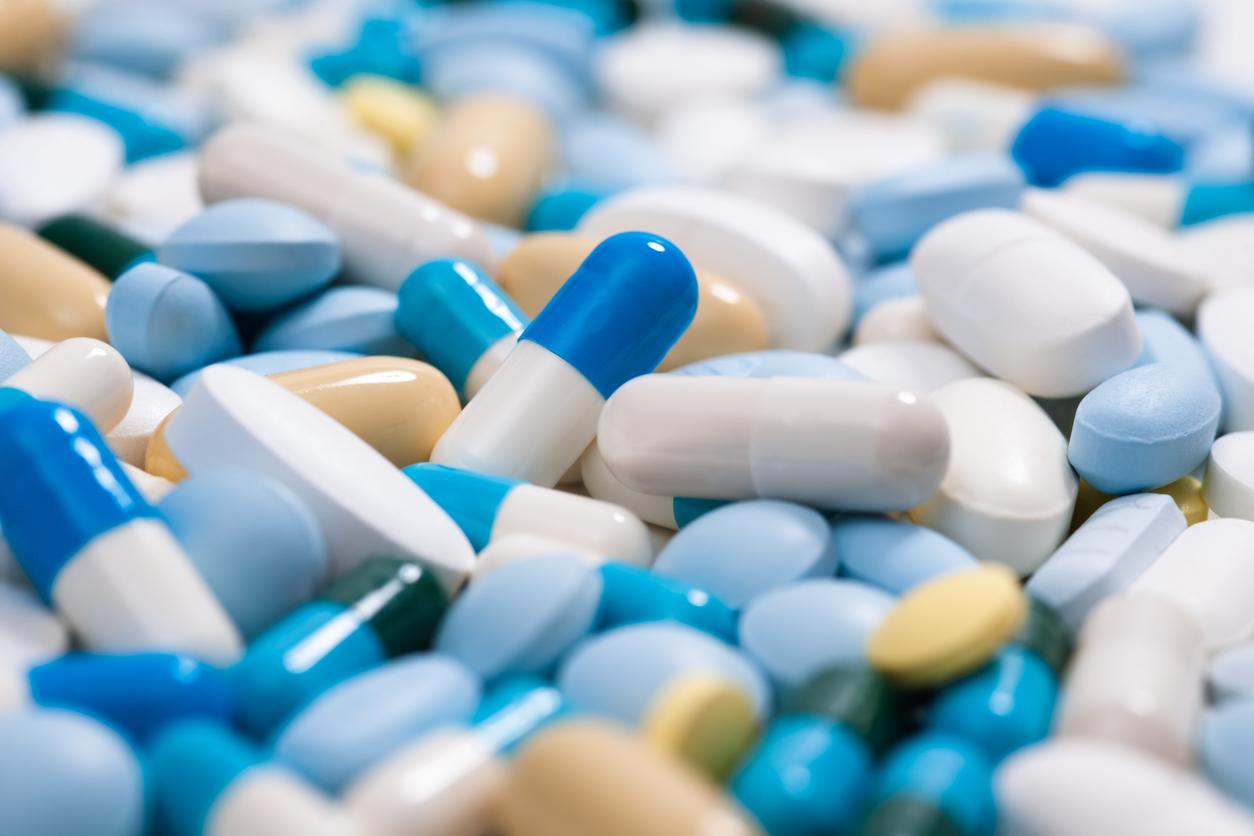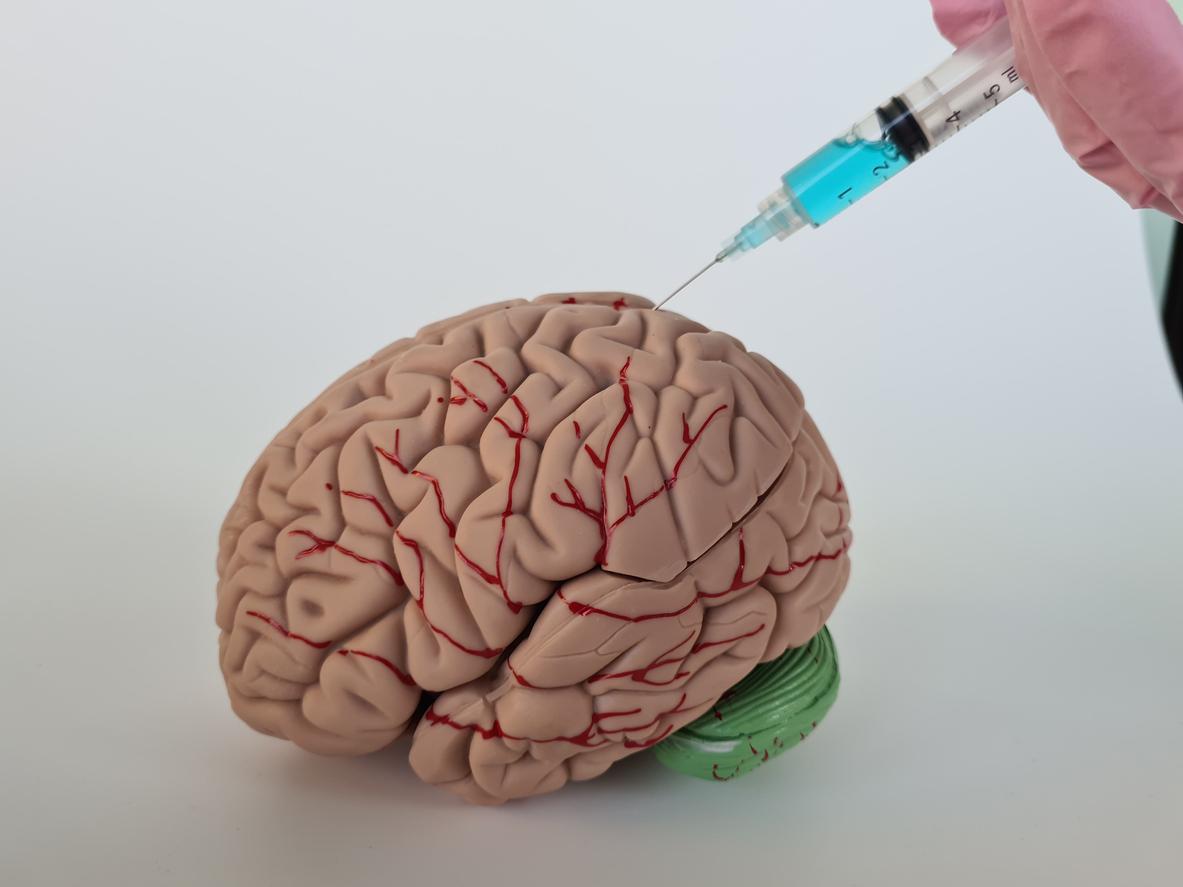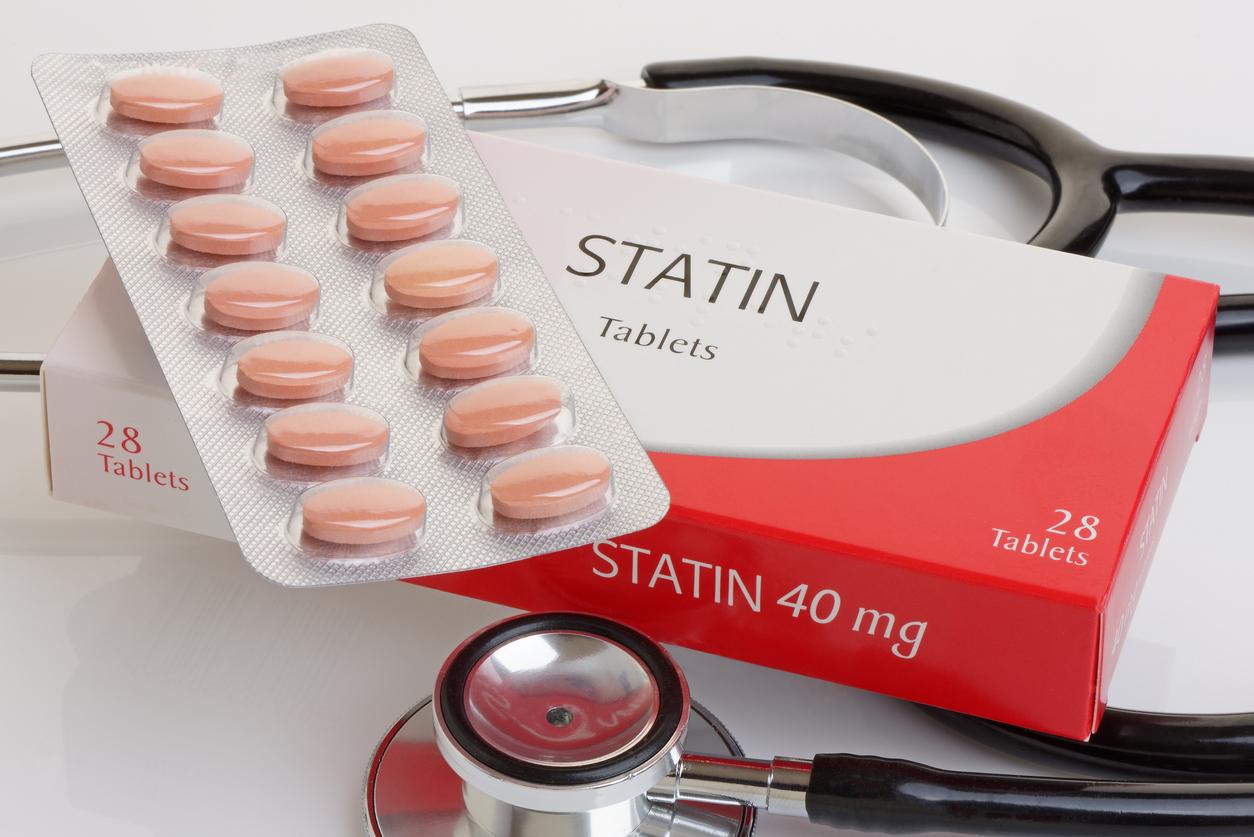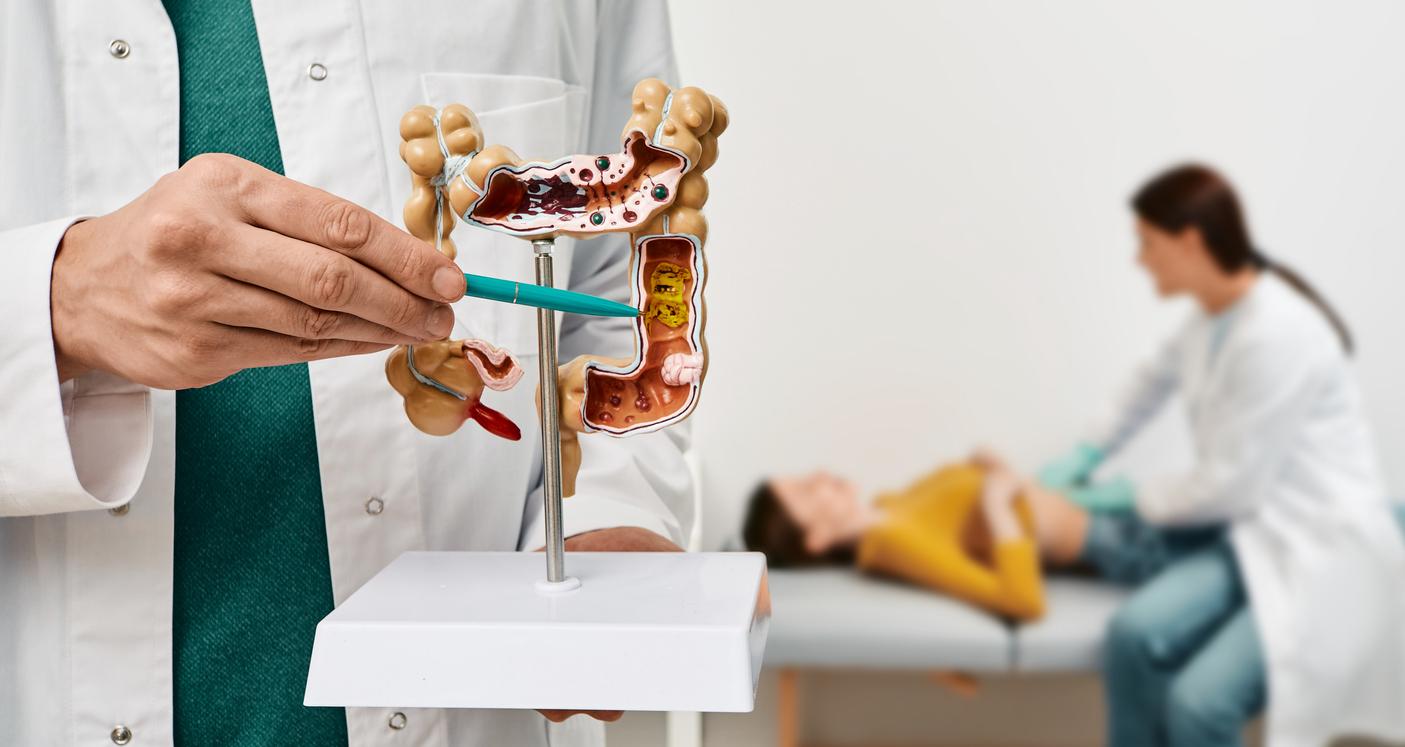In the first months of treatment, lamotrigine, indicated in the management of epilepsy and bipolar disorder, can cause severe skin rashes.

- Lamotrigine is a drug indicated for the treatment of epilepsy and bipolar disorder.
- It can cause severe skin rashes.
- The risk is high in the first months of treatment.
Caution if you are taking anti-epileptic treatment. I’national drug safety agency alert on the side effects of a drug, lamotrigine. Marketed in particular under the name Lamictal, it can cause serious rashes.
Epilepsy: what is lamotrigine?
The ANSM recalls that lamotrigine is indicated in the treatment of epilepsy and bipolar disorders. The molecules it contains make it possible in particular to block glutamate, a substance at the origin of epileptic seizures. The drug is prescribed only by prescription. The serious side effects that it can cause are manifested in the following way: rash or redness, fever, flu-like symptoms, swelling of the face, appearance of glands, irritation of the mouth or eyes, unexpected bruising or bleeding, throat painful.
The risk is higher in the first months of treatment. “In case of combination with valproic acid or its derivatives (valpromide, divalproate), the risk of rash is increased due to a pharmacokinetic interactionadds the ANSM. This combination is not recommended. Given the risks, the ANSM specifies that a patient card is available in the box and that it is important to keep it with you.
Lamotrigine: what are the side effects of this epilepsy drug?
“Among the known rare side effects of this drug, severe skin rashes, which can lead to death, can occur, generally within the first two months of treatment, warns the ANSM. These are Stevens-Johnson, Lyell (or toxic epidermal necrolysis) and Dress (drug hypersensitivity syndrome with eosinophilia and systemic symptoms) syndromes.These three syndromes are usually caused by drugs. Stevens-Johnson syndrome and Lyell syndrome are the “two forms of the same life-threatening skin disorder, which is characterized by rash, peeling skin and ulcerative lesions affecting all mucous membranes”indicates the MSD manual. Both can lead to death. DRESS syndrome, for Drug Rash with Eosinophilia and Systemic Symptoms, is characterized by rash and edema on the face. “The disease, which usually manifests between two and eight weeks after administration of the offending drug, is most commonly associated with anticonvulsants, sulfonamide antibacterials and allopurinol, but many other drugs have also been implicated.note Orphanet. This syndrome can also lead to death.
Epilepsy: the importance of treatment
If you are taking this medicine, and you observe the appearance of certain side effects, the ANSM recommends that you consult a doctor immediately or go to an emergency department.
I’World Health Organization recalls that in case of epilepsy, treatment is essential. It helps to control crises. “Jup to 70% of people with epilepsy could be seizure free with proper use of antiepileptic drugsbelieves the organization. Discontinuation of antiepileptic therapy may be considered after two years without seizures and should take into account relevant clinical, social and personal factors. About 50 million people worldwide have epilepsy.
















